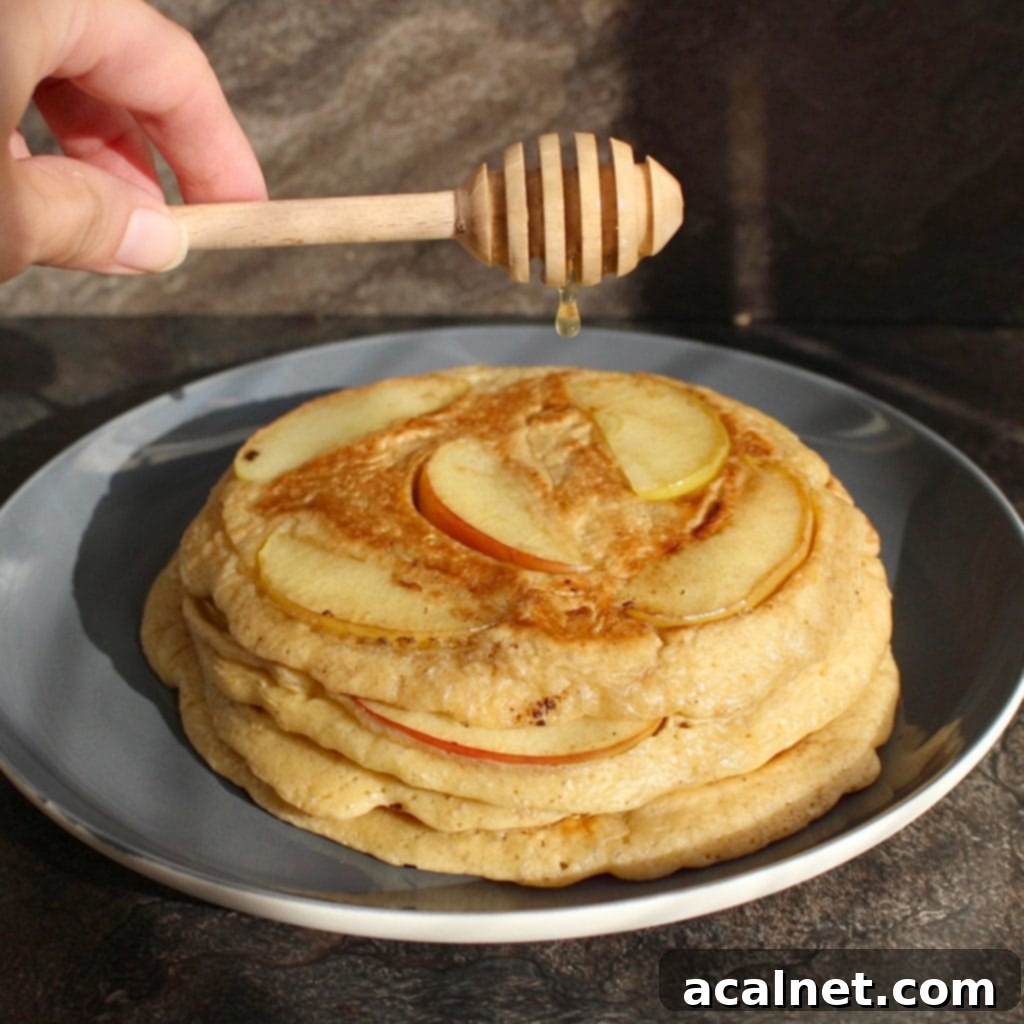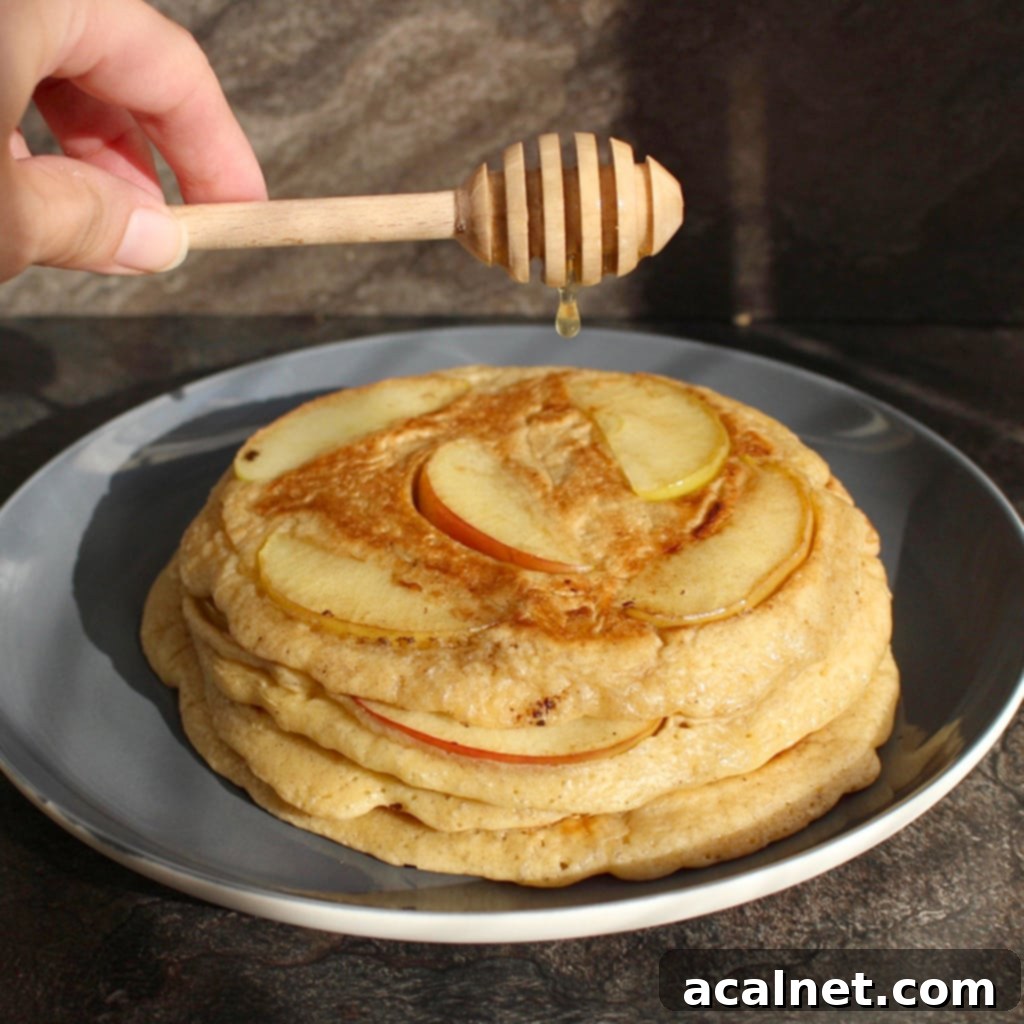Bake Delicious & Healthier Desserts with Less Sugar: Your Ultimate Guide
Is it truly possible to craft exquisite, decadent cakes and delightful desserts without relying on massive amounts of processed or refined sugar? Absolutely! And we’re here to show you how with 3 essential tips to use less sugar when baking.

If there’s one thing I adore, it’s desserts – cakes, ice creams, anything sweet! However, I find nothing more disappointing than a dessert that’s overwhelmingly sweet. When sweetness completely overshadows the nuanced flavors of a pastry, it truly detracts from the experience. If you share this sentiment, then you’ve come to the right place! This guide will provide you with 3 invaluable tips to help you drastically reduce sugar in your baking recipes.
You might be thinking, “Aren’t cakes and desserts meant to be sweet?” And yes, they are! But I firmly believe that the primary flavor you should taste in any baked good is that of its main ingredients. Whether it’s the vibrant tang of fresh fruits, the luxurious richness of dark chocolate, or the satisfying crunch of toasted nuts, these are the elements that deserve to be the stars of your dish, not merely sugar.
Of course, we all crave that delightful sweet treat to satisfy our sweet tooth. The key lies in finding the perfect balance. I am convinced that any baked good or dessert will taste significantly better – and leave you feeling much more satisfied – without the addition of excessive cups of sugar. It’s time to let your other ingredients truly shine!
Beyond improving taste, reducing sugar in your treats makes them inherently healthier. It’s widely known that highly processed sugars, while often the cheapest and most accessible sweeteners, are not the best for our well-being. Thankfully, a wealth of other options exists, many of which are more natural and far less processed, if not entirely unprocessed.
While I am not a health professional (and certainly not the healthiest person myself!), I won’t delve deeply into the specific health benefits of one sweetener over another. There’s an abundance of information on this topic, thoughtfully written by qualified experts, readily available for those who wish to explore it further.
Whether your motivation stems from a desire for enhanced taste, improved health, or even sustainability, there are numerous effective strategies to reduce the sugar content of your desserts and cakes, or to intelligently incorporate more natural sources of sweetness.

3 Smart Tips to Bake with Less Sugar Effectively
1. Simply Reduce the Amount of Sugar
The most straightforward approach to cutting down sugar in your baking is precisely that: just reduce the quantity you use. This might sound overly simple, but its effectiveness is profound. When I discover a new recipe online or in a cookbook, my first instinct is almost always to reduce the recommended sugar amount by at least 25%, often even 50% or more. In many of my recipes, I rarely use more than 1/2 cup of sugar, and even that can sometimes feel generous to me.
You truly don’t need a large amount of sugar to impart sufficient sweetness to your desserts. I am convinced that you will achieve a more nuanced and balanced flavor profile when you use less sugar, or opt for higher-quality, “better” sugars. Sometimes, just one or two tablespoons of sugar are all that’s required to elevate a dish.
Remember that fruits contribute their own wonderful natural sweetness. When I incorporate fruits into a cake or pastry, I further decrease the amount of added sugar. For instance, in a Peach and Almond Olive Oil Cake, I might use only 1/4 cup of brown sugar, finding it perfectly sufficient to complement the sweetness of the peaches. Similarly, if your recipe calls for milk chocolate, which already contains a high level of sugar, you likely don’t need to add much, if any, additional sweetener. Consider using dark chocolate instead, like in this Dark Chocolate Mousse, not only for its superior flavor depth but also for its naturally lower sugar content.
Pro-Tip: Gradually Reduce. If you’re used to very sweet desserts, don’t try to go sugar-free overnight. Reduce the sugar by a small increment (e.g., 10-20%) each time you bake the recipe. Your taste buds will adjust over time, and soon you’ll find overly sweet desserts unappealing.
2. Choose the Right Type of Sugar Wisely
If you’re going to use sugar, make a conscious choice about which type. Not all granulated sugars are created equal. Some are less processed and retain more natural minerals or nutrients, offering a richer flavor profile than refined white sugar. While it can be challenging to substitute ingredients in baking, given its precise “science,” there are smart swaps you can make.
One of my go-to substitutions is replacing white granulated sugar with Brown Sugar. Brown sugar gets its distinct color and flavor from molasses, which also lends it a more complex, caramel-like taste. Because of this stronger flavor, you often need less brown sugar to achieve the same perceived sweetness, while also benefiting from the trace minerals present in the molasses. It also adds a lovely moistness to baked goods.
For those looking to completely move away from highly processed granulated sugar, Coconut Sugar is an excellent alternative. It closely resembles brown sugar in appearance and comes in a similar granulated form. Coconut sugar is a fantastic option because it behaves very much like white or brown sugar in baking, making it a more direct substitute compared to many natural liquid sweeteners. It boasts a lower glycemic index than regular sugar and contains some minerals like iron, zinc, calcium, and potassium. Other granulated alternatives include date sugar, which is made from dried dates and offers a rich, caramel flavor.
Understanding Baking Chemistry: Remember that sugar does more than just sweeten. It contributes to texture (tenderness, crispness), moisture, and browning. When making substitutions, especially with different types of granulated sugars, consider their moisture content and crystal size, as these can slightly alter the final product. Generally, swapping white sugar for brown or coconut sugar is a relatively safe bet for many recipes without drastically altering the structure.
3. Embrace Natural Substitutes for Sugar
Crucially, when we talk about natural substitutes, we are absolutely *not* referring to artificial sweeteners. Please, steer clear of artificial sweeteners! Instead, a vast array of natural alternatives can deliver the desired sweetness while offering unique flavors, nutrients, and vitamins. I wholeheartedly encourage you to use these whenever possible.
Popular Natural Liquid Sweeteners:
- Honey: Undoubtedly one of the most obvious and my personal favorite natural sweeteners. Honey infuses desserts with an incredible, often floral or earthy flavor, depending on its source, and is packed with beneficial nutrients and antioxidants. Here in Australia, we are incredibly fortunate to have access to exquisite Tasmanian Honey. I once brought home a 3-liter tub directly from a small farm in Tasmania, and it remains the most delicious honey I’ve ever tasted!
- Maple Syrup: Known for its distinct, rich flavor and mineral content, maple syrup is a fantastic option, especially in recipes that complement its unique taste, like pancakes, oatmeal, or even certain baked goods.
- Agave Syrup: A sweetener derived from the agave plant, it’s often sweeter than sugar, so less is needed. It has a relatively neutral flavor profile, making it versatile for many applications.
- Rice Malt Syrup: A less sweet option compared to others, often used for its mild flavor and ability to provide a crispy texture in some baked goods.
Whole Food Sweeteners:
- Date Paste/Puree: Made from blended dates, this is a fantastic whole-food sweetener that adds fiber, nutrients, and a rich caramel-like sweetness. It’s excellent in no-bake desserts, energy balls, or even as a replacement for some sugar in baked goods (with adjustments for moisture).
- Fruit Purees: Mashed bananas, unsweetened applesauce, or pumpkin puree can add natural sweetness, moisture, and fiber to your baked goods. They are excellent for reducing added sugar, especially in muffins, quick breads, and oatmeal cookies.
If you’re new to these natural sweeteners, I highly recommend tasting them on their own before incorporating them into a recipe. Each has a distinct flavor profile, and some will naturally pair better with certain recipes than others. For example, the robust flavor of maple syrup might overpower a delicate vanilla cake but would be perfect in an apple crisp.
Important Note on Substitution: As a general rule, try not to directly replace a solid form of sugar (like granulated white or brown sugar) with a liquid alternative (like honey or maple syrup) in recipes that are baked. This drastic change in liquid content can significantly mess with the texture and structure of your dessert, leading to dense, soggy, or overly crumbly results. If you do make such a swap, you’ll need to adjust other liquid ingredients in the recipe to maintain the proper balance.
Instead, these liquid natural sweeteners truly shine in unbaked desserts and other applications. Think mousses, creamy fillings, homemade yogurts, cereals, ganaches, vibrant fruit salads, homemade jams, or zesty fruit curds. They lend themselves beautifully to dishes where their liquid form is either an advantage or won’t interfere with a delicate baking chemistry.
Beyond Sweetness: Enhancing Flavor Naturally
Reducing sugar isn’t just about what you remove; it’s also about what you add to enhance the perceived sweetness and overall flavor. Consider these natural flavor boosters:
- Spices: Cinnamon, nutmeg, ginger, cardamom, and allspice can create a warming, comforting sensation that tricks your palate into perceiving more sweetness. They also add incredible depth of flavor.
- Vanilla Extract: A high-quality vanilla extract is a baker’s best friend. Its aromatic notes round out flavors and contribute significantly to the perceived sweetness of a dish. Don’t skimp on good vanilla!
- Citrus Zest: The bright, essential oils from lemon, orange, or lime zest can lift flavors and add a refreshing counterpoint that makes desserts feel less heavy and more vibrant, reducing the need for excessive sugar.
- Salt: A tiny pinch of salt (not enough to make it taste salty, but just enough) can significantly enhance the sweetness and overall flavor of a dessert by balancing and amplifying other ingredients.
- Healthy Fats: Ingredients like avocado, nuts, seeds, or good quality oils can add richness and satiety, making your desserts more satisfying even with less sugar.
By incorporating these elements, you’re not just taking sugar out; you’re building a more complex and satisfying flavor profile that naturally reduces the need for intense sweetness.
Adapting Your Palate for a Less Sweet Future
It’s important to remember that our taste buds are incredibly adaptable. If you’re accustomed to very sweet foods, the initial reduction in sugar might be noticeable. However, with consistent effort, your palate will gradually adjust. Over time, you’ll likely find that desserts you once loved are now overly sweet, and you’ll begin to appreciate the subtle, natural flavors of ingredients more acutely. This journey is about retraining your taste buds to savor nuanced flavors rather than just sugar.
In conclusion, whichever delicious treat you are preparing, know that you have plenty of options to make it healthier and more flavorful. Eating healthier is undeniably important, but what I primarily wanted to convey in this article is that using the right source and/or quantity of sweetness in your desserts will only make your culinary creations more amazing. It’s actually really easy – and incredibly tasty – to learn how to bake with less sugar!
Let’s break the myth: your desserts don’t have to be super sweet to taste absolutely delicious!
All of this advice is, of course, based on my own personal opinion and taste preferences. If you genuinely enjoy intensely sweet desserts, then by all means, go for it! The most important thing is to enjoy your baking journey.

